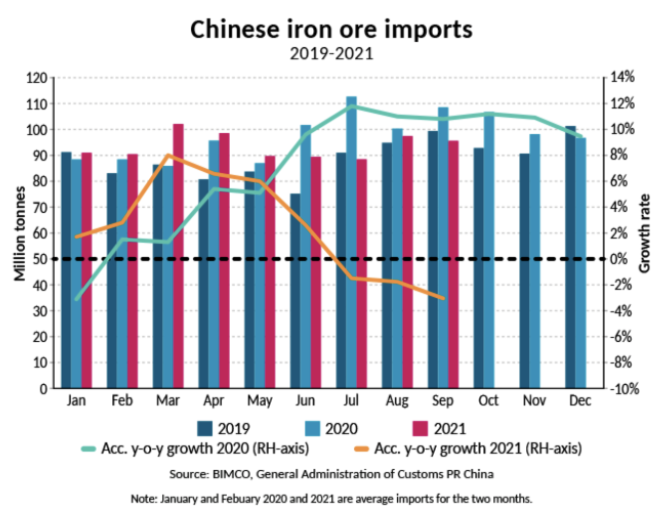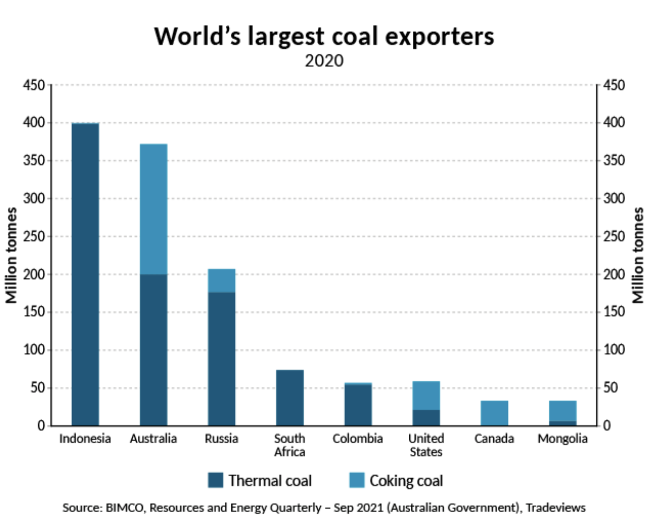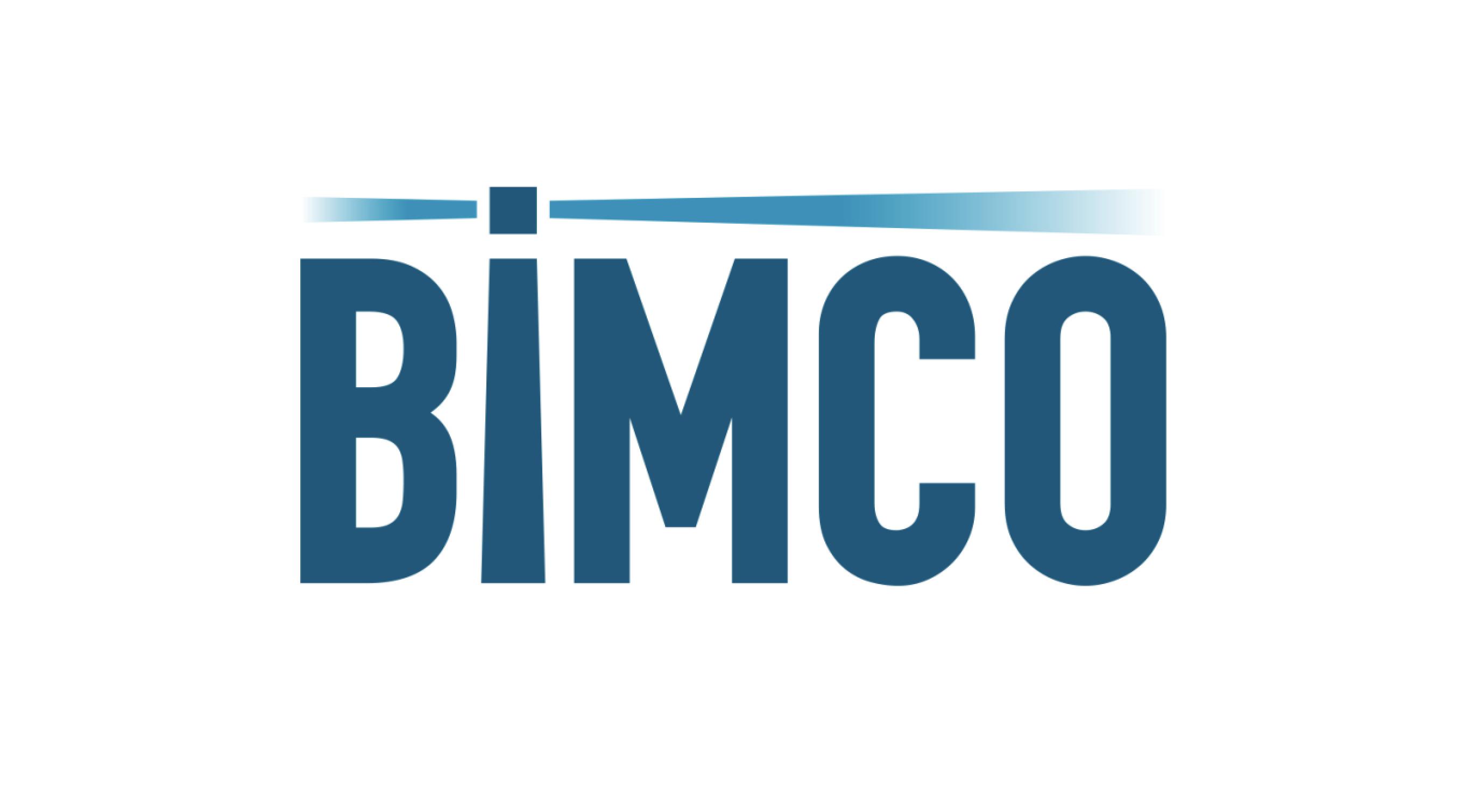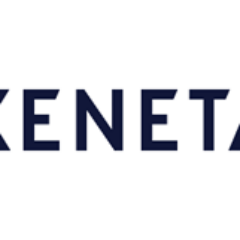- COVID restrictions have taken their toll on Chinese logistics.
- Iron ore and coal imports are down year-on-year.
- Coal imports are climbing again as the Government rethinks policies aimed at cutting emissions.
China’s Iron Ore Imports Have Been Falling Since the Summer
In the first nine months of the year, China’s iron ore imports have fallen by 2.9%, totalling 843m tonnes.
September’s imports of 95.6m tonnes were the lowest recorded for that month since Sep’18. Average imports of 98.2m tonnes in the three months between May and July this year mean iron ore imports went from being up compared to last year, to recording a volume decline.
In the first four months of the year, Chinese iron ore imports were up 6.7%.

In the five months that followed, between May and September, Chinese iron ore imports totalled 460.8m tonnes, representing a year-on-year drop of 49.5m tonnes; a loss equivalent to 165 Very Large Ore Carrier (Capesize) loads (300,000 tonnes).
Over the whole year, the loss is smaller given the stronger imports in the first four months with total imports down 25.5m tonnes (86 Capesize loads).
The impact on the fall in Chinese iron ore imports has been mitigated by the origin of the iron ore. Imports from Australia, by far the largest supplier of iron ore to China, have fallen by 3.7% to 517.8m tonnes in the first nine months of the year. On the other hand, the three-times longer haul trade that imports from Brazil represent, has seen volumes grow by 5.5% in the first nine months of 2021 compared to last year, somewhat compensating.
Volumes Down, but China’s Largest Iron Ore Suppliers Deliver Tonne Mile Growth
Together, Australia and Brazil account for 81.7% of total Chinese iron ore imports and, while combined volumes have fallen by 1.6% compared to the first nine months of 2020, when looking at tonne miles, overall demand for shipping has increased because the growth from Brazilian imports provides much longer sailing distances.
A journey from Ponta de Madeira (Brazil) to Qingdao (China) sees a ship covering 12,028 nautical miles, whereas a journey from Western Australia to Qingdao provides a much shorter distance of 3,582 nautical miles. This translates into tonne mile demand of 1.86b tonnes for iron ore from Australia and 2.05b tonne-miles from Brazil, evening out both exporters’ importance to the dry bulk market and, given the growth from Brazil, leading to marginal growth in shipping demand generated by the two largest iron ore exporters to China (+0.7%).
Despite Slow Start to the Year, Coal Volumes May End Up Growing
Unlike iron ore imports, which had a strong start to the year and have since fallen below last year’s levels, Chinese coal imports have been posting positive year-on-year growth rates in recent months. Additionally, while accumulated volumes after nine months remain lower than in the same period in 2020, total imports by the end of the year could well end above the 304.0m tonnes imported in 2020, as power shortages have caused the Government to reconsider policies aimed at lowering emissions.
In the first nine months of the year, Chinese coal imports are down by 3.6% compared to the same period in 2020. The deficit in volumes compared to last year is narrowing and has been doing so every month since April. In fact, imports in September of 32.9m tonnes marked the highest monthly exports since Dec’20 when Chinese customs data reported staggeringly high imports of 39.1m tonnes.
The recent month-on-month increase in imports can be linked to the widely reported coal shortage in China, and its attempt to ensure enough supply. In addition, the pick-up in coal imports can be attributed to recent announcements that restrictions on domestic production (enforced with the aim to reduce emissions) will be eased. In September, China produced 33.4b tonnes of coal and, in the first nine months of the year, total domestic coal production has risen by 3.7% to 293.1b tonnes.
Indonesia Stepping in with Thermal Coal Exports to Fill Australia’s Shoes
The largest increase has come in imports from Indonesia, up by 33.4% in the first nine months of the year to 143.2m tonnes.
In September, 21.4m tonnes of coal was imported from Indonesia; the second highest monthly imports ever and more than four times higher than imports in Sep’20.
Dec’20 holds the record for Chinese coal imports from Indonesia at 26.3m tonnes, according to Chinese customs data. Indonesia exports thermal coal, which is needed to produce electricity. This is therefore an easy first choice for China given that its electricity production is being affected by its short supply of thermal coal.

Indonesia is the world’s largest exporter of thermal coal, exporting more than twice as much as second placed Australia. While the latter is the world’s second largest thermal coal exporter, it’s also the world’s largest coking coal exporter, forcing Chinese steel mills to look elsewhere for suppliers of coking coal in the wake of the Australia-China trade war.
Imports of coal from Russia, which predominantly exports thermal coal, are up 64.7% in the first nine months of the year but remain much smaller than those from Indonesia at 42.8m tonnes. Oceanbolt estimates that 39.5m tonnes of coal has been transported by sea between Russia and China, the majority coming from eastern Russia, but with a few loads out of the west of the country.

Other Opinions You Might Be Interested In…
- What’s Really Happening in the Container Market?
- Ask the Analyst: The Exchange, Futures and Physical Contracts
Explainers You Might Be Interested In…


